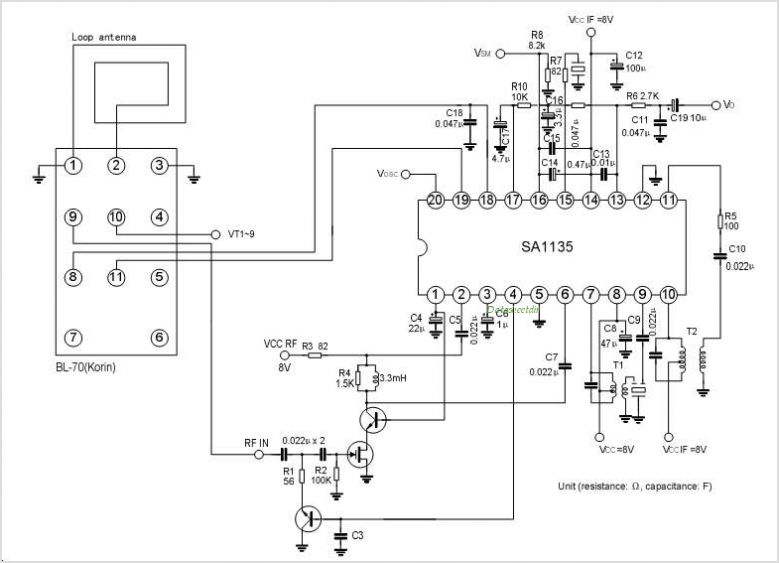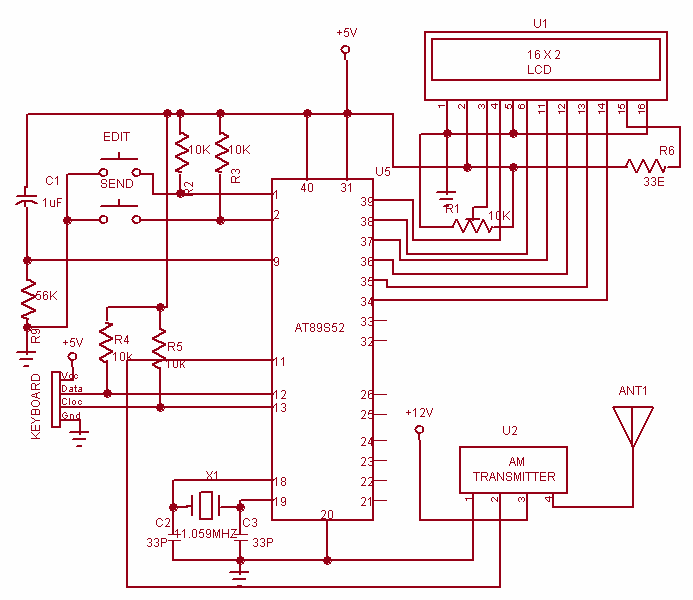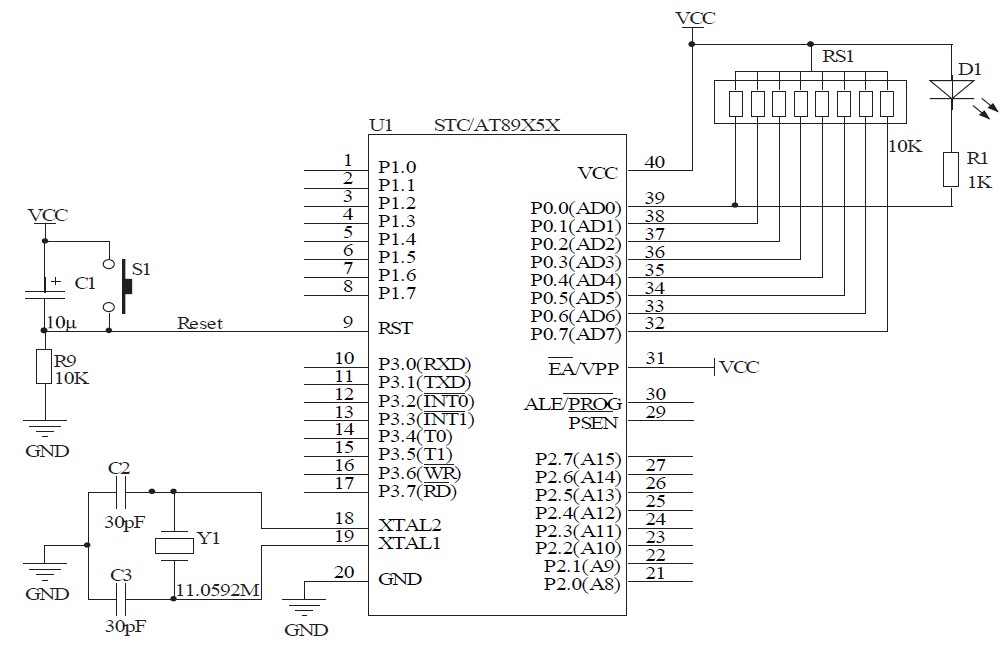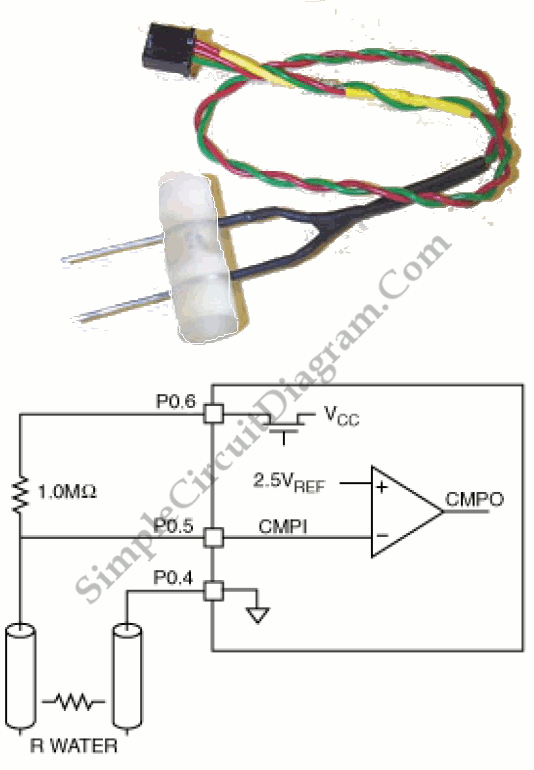
ATV Repeater System Exciter

The ATV exciter described here uses a pair of Hamtronics model TA451 2-watt narrow-band FM voice transmitters to develop video and audio carriers on 439.250 MHz and 443.750 MHz. The TA451 is a single board, phase modulated exciter designed for amateur radio and commercial two-way land-mobile radio service. Several circuit modifications were made to each exciter to permit their use in this application. In operation, one TA451 exciter is operated at 439.250 MHz and is amplitude modulated with video information, while the second operates on 443.750 MHz and is frequency modulated to produce a broadcast-standard FM aural subcarrier. The RF output of each exciter is combined in a diplexer and further amplified through several linear power amplifier stages.
The described ATV exciter employs two Hamtronics TA451 transmitters for dual-frequency operation, specifically tuned to 439.250 MHz for video transmission and 443.750 MHz for audio transmission. The TA451 transmitters are designed for narrow-band FM applications, making them suitable for amateur radio and commercial land-mobile services.
The first exciter operates at 439.250 MHz and is configured to amplitude modulate video signals. This modulation technique allows for the transmission of visual content, which is essential for ATV (Amateur Television) applications. The modulation process involves varying the amplitude of the RF carrier wave in accordance with the video signal, ensuring that the transmitted video can be received and displayed accurately on compatible receivers.
The second exciter, operating on 443.750 MHz, uses frequency modulation (FM) to transmit an audio subcarrier. This method is commonly employed in broadcasting to ensure high fidelity and minimal interference from other signals. The frequency of the carrier wave is varied in response to the audio signal, allowing for the transmission of clear and high-quality sound alongside the video feed.
Both RF outputs from the TA451 exciters are combined using a diplexer, which is a crucial component that allows for the simultaneous transmission of the two distinct frequency signals without interference. The diplexer effectively separates the two frequency bands while enabling them to share a common antenna system, optimizing the overall performance of the transmission system.
Following the diplexer, the combined RF signal undergoes amplification through multiple linear power amplifier stages. These stages are essential for increasing the power level of the RF signal to ensure adequate transmission range and signal strength. The design of these amplifiers must be carefully considered to maintain linearity and minimize distortion, which is vital for preserving the integrity of both the video and audio signals during transmission.
Overall, the described ATV exciter system is a sophisticated assembly of components that work in concert to deliver high-quality video and audio signals for amateur television broadcasting, utilizing the capabilities of the Hamtronics TA451 transmitters and additional circuitry for modulation, combining, and amplification.The ATV exciter described here uses a pair of Hamtronics model TA451 2-watt narrow-band FM voice transmitters to develop video and audio carriers on 439.250 MHz and 443.750 MHz. The TA451 is a single board, phase modulated exciter designed for amateur radio and commercial two-way land-mobile radio service.
Several circuit modifications were made to each exciter to permit their use in this application. In operation, one TA451 exciter is operated at 439.250 MHz and is amplitude modulated with video information, while the second operates on 443.750 MHz and is frequency modulated to produce a broadcast-standard FM aural subcarrier. The RF output of each exciter is combined in a diplexer and further amplified through several linear power amplifier stages.
🔗 External reference
The described ATV exciter employs two Hamtronics TA451 transmitters for dual-frequency operation, specifically tuned to 439.250 MHz for video transmission and 443.750 MHz for audio transmission. The TA451 transmitters are designed for narrow-band FM applications, making them suitable for amateur radio and commercial land-mobile services.
The first exciter operates at 439.250 MHz and is configured to amplitude modulate video signals. This modulation technique allows for the transmission of visual content, which is essential for ATV (Amateur Television) applications. The modulation process involves varying the amplitude of the RF carrier wave in accordance with the video signal, ensuring that the transmitted video can be received and displayed accurately on compatible receivers.
The second exciter, operating on 443.750 MHz, uses frequency modulation (FM) to transmit an audio subcarrier. This method is commonly employed in broadcasting to ensure high fidelity and minimal interference from other signals. The frequency of the carrier wave is varied in response to the audio signal, allowing for the transmission of clear and high-quality sound alongside the video feed.
Both RF outputs from the TA451 exciters are combined using a diplexer, which is a crucial component that allows for the simultaneous transmission of the two distinct frequency signals without interference. The diplexer effectively separates the two frequency bands while enabling them to share a common antenna system, optimizing the overall performance of the transmission system.
Following the diplexer, the combined RF signal undergoes amplification through multiple linear power amplifier stages. These stages are essential for increasing the power level of the RF signal to ensure adequate transmission range and signal strength. The design of these amplifiers must be carefully considered to maintain linearity and minimize distortion, which is vital for preserving the integrity of both the video and audio signals during transmission.
Overall, the described ATV exciter system is a sophisticated assembly of components that work in concert to deliver high-quality video and audio signals for amateur television broadcasting, utilizing the capabilities of the Hamtronics TA451 transmitters and additional circuitry for modulation, combining, and amplification.The ATV exciter described here uses a pair of Hamtronics model TA451 2-watt narrow-band FM voice transmitters to develop video and audio carriers on 439.250 MHz and 443.750 MHz. The TA451 is a single board, phase modulated exciter designed for amateur radio and commercial two-way land-mobile radio service.
Several circuit modifications were made to each exciter to permit their use in this application. In operation, one TA451 exciter is operated at 439.250 MHz and is amplitude modulated with video information, while the second operates on 443.750 MHz and is frequency modulated to produce a broadcast-standard FM aural subcarrier. The RF output of each exciter is combined in a diplexer and further amplified through several linear power amplifier stages.
🔗 External reference





